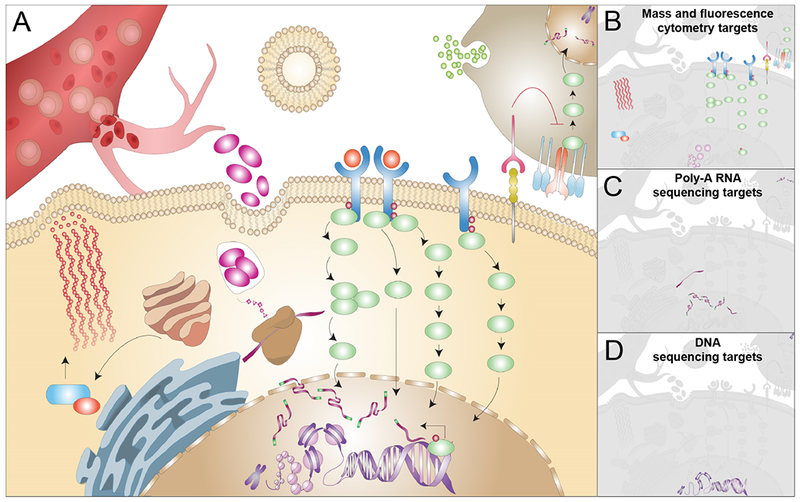Figure 1. Single-cell technologies quantify different cellular features and targets.

(A) A cancer cell situated in its tumor microenvironment is depicted as surrounded by an immune cell and a blood vessel. The dynamic functions each tumor cell executes result from both intrinsic programs and the diverse, contrasting signals these cells encounter across the tumor microenviroment. In order to understand tumor cell behavior, single-cell technologies commonly probe one of the three major classes of biomolecules responsible for carrying out cellular functions. Examples of common single-cell molecular features that can be quantified include (B) various protein states by mass and fluorescence cytometry, (C) mRNA, and (D) DNA by single-cell RNA and DNA sequencing technologies. Note that platforms may be adapted to capture more than one molecular class. By itself, each approach typically provides information on only a fraction of cellular functions.
